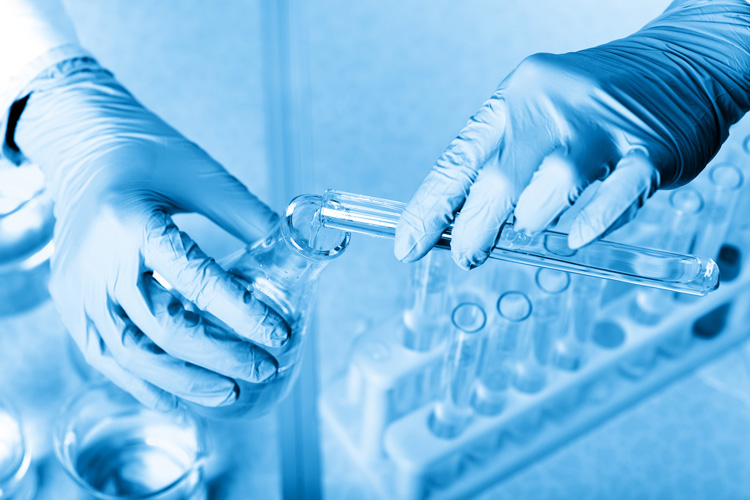+86-13961672821
+86-510-86268020
trust@hi2000.com
trust@hi2000.com
Room 807,No.169 Changjiang road,Huifu plaza,New centre,Jiangyin,Jiangsu China



Views: 0 Author: Site Editor Publish Time: 2025-07-30 Origin: Site









Alpha-ketoglutaric acid (CAS 328-50-7, C₅H₆O₅) isn’t just a mouthful—it’s a metabolic heavyweight. You’ll find this compound quietly powering energy production in every aerobic organism while moonlighting as a star ingredient in everything from arthritis medications to sport supplements. Industry insiders have watched its demand triple since 2020, driven by its dual role in biology and manufacturing. But how exactly do we produce this multitasking molecule at scale? Let’s pull back the curtain.
Two paths dominate production: the classic chemical hustle and the biotech ballet.
Picture this: glutaric acid derivatives hit the lab bench with strong oxidizers like potassium permanganate. Workers typically brew this reaction in acetic acid around 50-80°C—hot enough to speed things up without triggering a chemical mutiny. The catch? These heavy metal oxidizers leave toxic baggage. One German plant reported spending 30% of production costs on wastewater treatment alone.
Ever tried unfolding a paper crane? Chemists do something similar with cyclopentanone rings. Through precise oxidation and strategic snips, they transform these circular molecules into alpha-ketoglutaric acid. Success rates hover around 65%, but occasional carbon chain hiccups keep chemists on their toes.
Meet nature’s little overachievers—engineered strains of *C. glutamicum* that convert glucose into our target compound with 92% efficiency. Fermentation vats hum at 32°C (their metabolic sweet spot), while pH monitors dance between 6.5-7.5. Pro tip: spike the broth with ammonium sulfate unless you want sluggish microbes.
Enter glutamate dehydrogenase—the molecular scissors that neatly snip amino groups from glutamic acid. Unlike harsh chemical methods, this enzyme works its magic at body temperature. DSM Biochemicals recently cut energy costs by 40% switching to enzymatic production.
Post-production crunch time sees two MVP techniques:
Crystallization: Like making rock candy for scientists. Ethanol baths slowly coax 85% pure crystals from fermented broth—temperature drops of just 1°C/hour make all the difference.
Ion-Exchange Chromatography: Imagine a molecular nightclub where charged resins hustle impurities off the dance floor. This method nets 99.9% purity—pharma-grade stuff.
While traditional methods still dominate in China (85% market share), EU producers are betting big on biotech. BASF’s Leipzig facility now runs zero-waste fermentation batches, converting 98% of substrates. The kicker? Their microbial strains actually snack on leftover byproducts.
CRISPR-edited superbugs and enzyme cocktails promise greener production. Last month, a MIT spin-off unveiled “Project TCA”—a microbe that pumps out alpha-ketoglutaric acid while sequestering CO₂. As one researcher quipped, “We’re teaching bacteria to fight climate change between fermentation cycles.”
From arthritis treatments to tomorrow’s carbon-neutral production lines, alpha-ketoglutaric acid proves that good chemistry—both literal and metaphorical—can drive innovation. As industries grapple with sustainability targets, this compound’s story reminds us: sometimes the solution is already cycling through your cells.